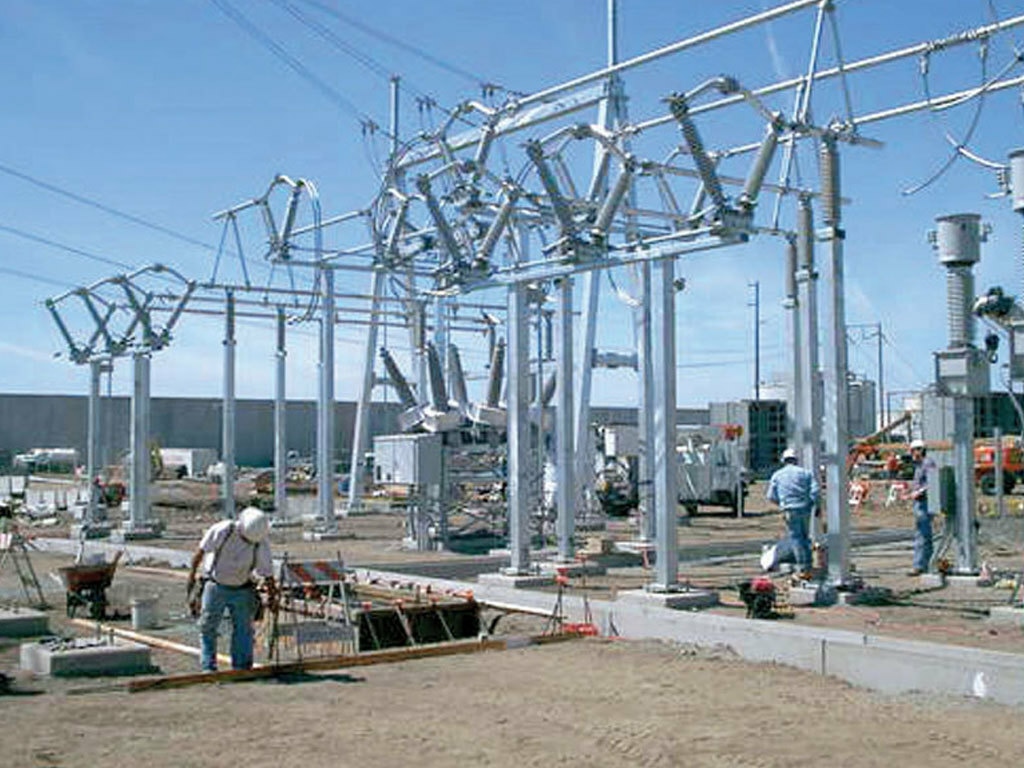The price of electricity is going through the roof. It is getting harder and harder for families and businesses to pay.
The recent increase is due to changes in base tariffs and higher costs for fuel.
Also, the cost of imported fuel is putting stress on the external account.
At this point, everything should be done to make the best use of energy resources, especially those that are already there.
One of the biggest problems in the energy sector is that prices and policies make it hard to use energy sources in the best way possible.
During the last 10 years, when there was a lot of load shedding, factories switched to using furnace oil, diesel, and gas to make their own electricity.
Later, when new fuel-importing capacities were added, no thought was given to moving the captive plants back into the system.
If that had happened, the price of fuel today would be much lower, especially for people who live in Karachi.
Some calculations show that the fuel cost adjustment (FCA) for K-electric customers could have been lowered by Rs8/kwh in June if the KE had received 130 mmcfd of domestic gas at the same price that domestic connections are getting it.
The consumers are hurt by the inefficient allocation. And the country isn’t making the best use of its valuable hydrocarbon resources.
In recent months, the price of local gas used to make electricity is about a quarter of the price of RLNG that is brought in.
The cost is passed on to the consumer, who has to pay for it in the end. On July 22, the cost of making one unit of RLNG was Rs28.3/kwh, while the cost of making one unit of domestic gas was Rs10/unit.
And more domestic gas has been used by people who don’t use electricity.
In general, IPPs are more efficient than captive power plants.
The efficiency of newer plants, whether they are in the NTDC system or the KE system, is over 50%, while it is only around 30% for captive plants.
Both the current government and the last PTI tried to get industries that used captive electricity to switch to grid electricity but didn’t.
The industrialists lobby for what they want and get what they want.
In some cases, industries that can’t get power from anywhere else have co-generation facilities that are more efficient.
It’s fine for them to depend on the captive. But for some people, it’s a waste of a valuable resource.
When the government tries to figure out who is efficient and who isn’t, business people (especially in Sindh) go to court and get a “stay order” to stop the government from doing so.
And the government doesn’t have the will to make its will be done. Who are the industries that use captive plants, and why does the government give them money? Do any people have something to gain?
No matter what is going on, the water is now up to the nose, and the government can’t let things stay the same.
There needs to be a strict policy about how to use energy resources in the best way. Since the SNGPL network is running low on system gas, it may not have a big effect on the NTDC system.
But if the supply situation in the SSGC system gets better, KE consumers could get more out of it.
News reports say that 200 mmcfd of gas is sent to captive customers in the SSGC network at a rate that is about one-fourth of what LNG customers pay now.
KE wants 130 mmcfd, which could lower the cost of production and, in turn, bring down the prices that consumers pay.
The efficiency of KE’s new RLNG plant is 59 percent. Half of the new capacity is already up and running, and the rest will be soon.
Then, the efficiency of its existing gas plants is between 43 and 49%. It makes perfect sense to put domestic gas to better use in KE.
And let businesses buy power from KE. Also, the gas should be made more expensive for home use, like space heating and geysers, to get people to switch to electric solutions.
The question is whether or not KE would be able to handle the extra customers.
Yes, that’s the answer. All it needs is a way to connect to the grid.
Some people in the business world already have it. Everyone should do it.
The key is to get the prices right.
Also, the amount of gas available in the United States is going down, and there won’t be as much for industries to use this winter.
About 300 businesses have already asked KE to set up new connections.
The government should tell the rest what to do by using policy tools and administrative measures. It’s too late to waste time.
Quick decisions should be made that are hard but right.
Mahnur is MS(development Studies)Student at NUST University, completed BS Hons in Eng Literature. Content Writer, Policy analyst, Climate Change specialist, Teacher, HR Recruiter.










